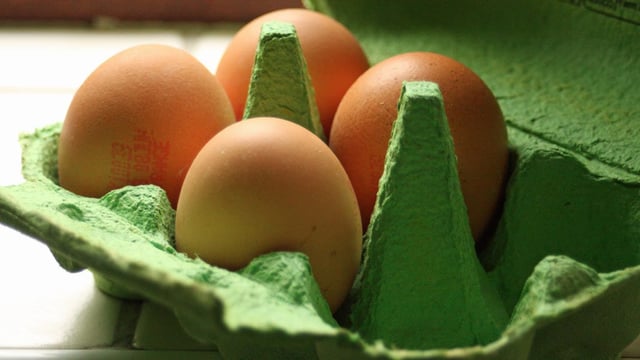Planning for and implementing a successful drying off procedure
Proper planning ahead of drying off dairy cows for the winter is an essential part in keeping on top of somatic cell count (SCC), according to Michelle McGrath, assistant Cellcheck programme manager with Animal Health Ireland (AHI).
“Review expected calving dates to plan your dry-off dates, taking into consideration the shorter gestation length of some sires,” the assistant programme manager advises in the October edition of the Cellcheck newsletter.
Before drying off
Cows need a dry period of eight weeks to allow for udder repair and to rejuvenate, which is especially important for thin or young cows.
The assistant programme manager notes that it is important to put time aside to discuss records, the drying off procedure and appropriate dry cow antibiotic selection with your vet and to determine if your herd is ready for a selective drying off strategy.
“Bear in mind that this is not without risk and professional support should be sought before attempting it,” McGrath warns.
In January 2022, new veterinary medicine regulations will come into effect, meaning farmers will have to move away from ‘blanket dry cow’ therapy towards more selective strategies.
“To ensure a successful transition, use the 2020 dry off event as an opportunity to prepare and build confidence and experience,” McGrath concludes.
Drying off
The AHI also provided best-practice advice for drying off in its latest newsletter.
Farmers are recommended to dry off abruptly and avoid skipping milkings leading up to dry off. Where cows are yielding greater than 12L/day in the week before dry off, reduce feed availability, but not water access, to reduce milk production by the dry-off date.
Turning to the dry period, AHI advises to clean and lime cubicles twice daily for the entire duration of the dry period.
Dry period
Farmers are recommended to “use this as an opportunity to monitor the cows, as they are susceptible to infection particularly for two weeks after drying off and two weeks before calving”.
Correct dry cow nutrition and sufficient cubicle numbers, ideally 110 for every 100 cows, are other essentials during the dry period, the organisation notes.





